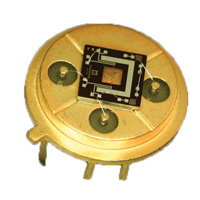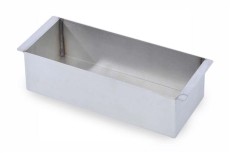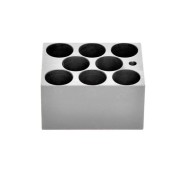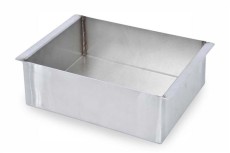
TCD
 Principle
Principle
TC gas detectors, sometimes called Katharometers operate by comparing the thermal conductivity of the sample with that of a reference gas (usually air). A heated thermistor or platinum filament is mounted so that it is exposed to the sample and another, acting as a reference is enclosed in a sealed compartment.
If the sample has a higher thermal conductivity than the reference, heat is lost from the exposed element and its temperature decreases, whilst if the thermal conductivity is lower than that of the reference the temperature of the exposed element increases. These temperature changes cause electrical resistance changes, which are measured by means of a bridge circuit.
Because of the amount of power required to heat these sensors, they have to be mounted in a flameproof enclosure, in the same way as pellistors are. The precise mechanism, which occurs, is quite complex because the thermal conductivities of gases vary with temperature and convection as well as conductivity plays a role. Whilst most gases exhibit a linear output signal, this is not always the case.
Benefits
- Suitable for binary mixtures
- Fast response
Weaknesses
- Temperature dependent (long equilibration time)
- Inapplicable for more complex gas mixtures
- Gases with thermal conductivities of less than one are more difficult to measure, partly because water vapour may cause an interference problem
- Gases with thermal conductivities close to one cannot be measured (CO, O2, N2, NH3)





 0
0
 0
0




